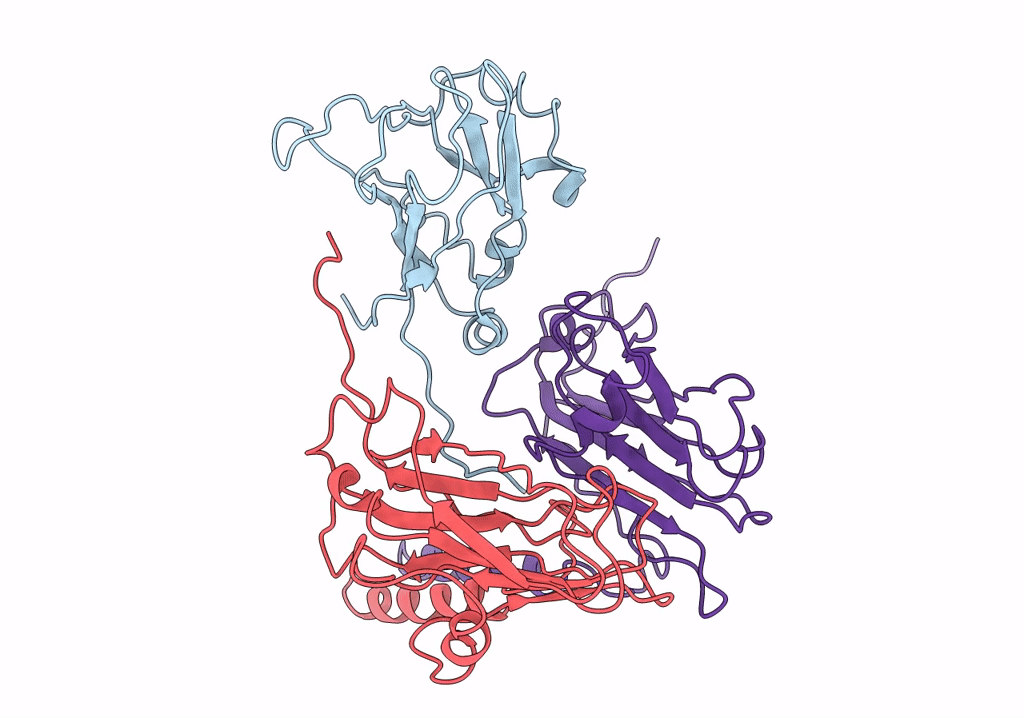
Deposition Date
2017-08-30
Release Date
2017-09-13
Last Version Date
2024-05-15
Entry Detail
PDB ID:
5OW6
Keywords:
Title:
CryoEM structure of recombinant CMV particles with Tetanus-epitope
Biological Source:
Source Organism:
Cucumber mosaic virus (Taxon ID: 12305)
Host Organism:
Method Details:
Experimental Method:
Resolution:
4.20 Å
Aggregation State:
PARTICLE
Reconstruction Method:
SINGLE PARTICLE


